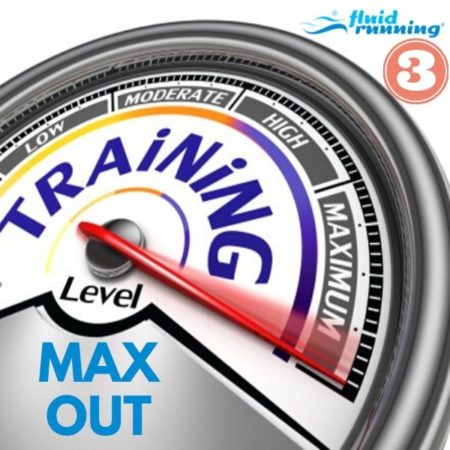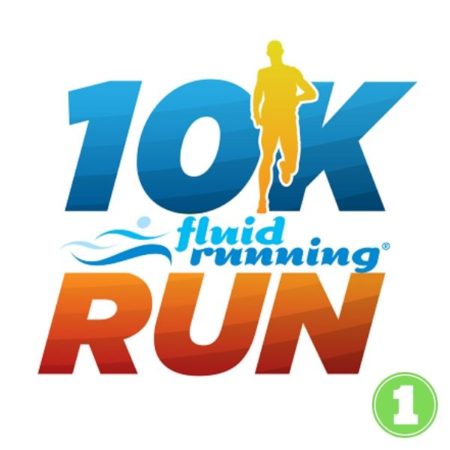[vc_row section_full_height=”yes”][vc_column width=”2/3″][vc_column_text]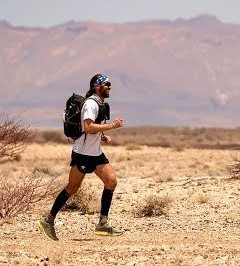 Ultra-endurance athletes have found Fluid Running to be a valuable addition to their training regimen. By design, these athletes are pushing their bodies to the limits, and in order to push those limits, they need to get creative with their training. That’s where a workout system that takes place in the water, like Fluid Running, comes into play.[/vc_column_text][grve_title title=”Benefits for Ultra-endurance Athletes”][grve_list icon=”check-square”]Train more, train harder – Fluid Running has ZERO-IMPACT on the body so athletes are able to push their workouts harder, since their bodies aren’t absorbing all of the impact from land. This allows an athlete to do workouts that wouldn’t be possible on land, like increased speed workouts with little recovery or adding a second long run in the same day. [source 1, 2]
Ultra-endurance athletes have found Fluid Running to be a valuable addition to their training regimen. By design, these athletes are pushing their bodies to the limits, and in order to push those limits, they need to get creative with their training. That’s where a workout system that takes place in the water, like Fluid Running, comes into play.[/vc_column_text][grve_title title=”Benefits for Ultra-endurance Athletes”][grve_list icon=”check-square”]Train more, train harder – Fluid Running has ZERO-IMPACT on the body so athletes are able to push their workouts harder, since their bodies aren’t absorbing all of the impact from land. This allows an athlete to do workouts that wouldn’t be possible on land, like increased speed workouts with little recovery or adding a second long run in the same day. [source 1, 2]
Stay fit through injury – Ultra-endurance athletes must handle multiple training sessions a day and therefore have a higher risk of injury. Fluid Running allows you to train through most injuries and studies show that you will maintain your fitness. [source]
Increase strength – “Various studies have concluded that performing a training program in water can lead to significant improvements not only in strength and muscle power in both the upper and lower extremities, but also in maximum oxygen uptake (VO2max), calorie expenditure, respiratory function, flexibility, and body composition [source]
Sport specificity – For those endurance athletes that run for their chosen sport, there is no better sport specific cross training that deep water running, and there is no better method than the Fluid Running Method.
Recover faster – Studies show that while running in the deep water (active recovery), blood lactate levels are decreased significantly, especially when running at more intense levels – 85% of max. aerobic threshold. [more info][/grve_list][vc_row_inner][vc_column_inner width=”1/3″][vc_column_text]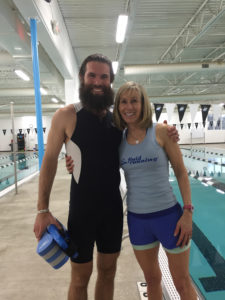
Adam Kimble
Ran across the US in 60 Days
Winner of “The Wheel”[/vc_column_text][/vc_column_inner][vc_column_inner width=”1/3”][vc_column_text]
Graham Smedley
Enduroman Triple Winner
Deca (10 Ironmen, 10 days)[/vc_column_text][/vc_column_inner][vc_column_inner width=”1/3″][vc_column_text]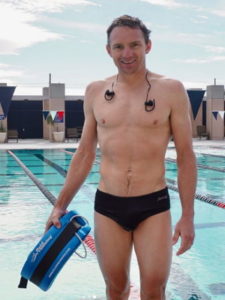
Ben Hoffman
7x Ironman Champion
2nd place Ironman Worlds[/vc_column_text][/vc_column_inner][/vc_row_inner][grve_divider padding_top=”5px”][vc_column_text]Ultra runner Adam Kimble discovered Jennifer, and traveled to Chicago to get coached on proper technique to perform this low impact workout as he prepared to complete his “Run Across America” documented in “The Bearded Sole Project – A Running Documentary” . When Fluid Running H2Go was developed allowing Jennifer to be “in his ear”, using the H2Go app and Bluetooth, waterproof headphones, no matter where he was, he happily became one of the first users. Hear Adam talk about how and why he uses Fluid Running H2Go as part of his training and recovery.
While in development of our DIY, Fluid Running H2Go system, Graham Smedley, ultra athlete and Britain’s fittest 50-something man, was told about Jennifer and Fluid Running, and saw the potential to incorporate it into his Deca Triathlon training. Graham was validation that a competitive athlete could learn the movements from the instructional videos, and get the most out of the workouts without having to train in person with a Fluid Running coach. Read our Q&A about Graham’s experience with Fluid Running H2Go.
Having been big fans of Ben Hoffman, we were saddened to hear about the injury that prevented him from competing in the Ironman World Championship in 2018, so we offered to send him a system. Whatever mix of training that Ben did during his injury recovery worked, because he went on to add his 7th Ironman win his first race back in South Africa.[/vc_column_text]
[grve_title title=”Supporting Articles”][grve_blog blog_style=”small-media” posts_per_page=”4″ categories=”148″][/vc_column][vc_column width=”1/3″][grve_video video_link=”https://vimeo.com/443111299/adab52cd67″ margin_bottom=”0px”][vc_column_text]Adam Kimble – Ultrarunner[/vc_column_text][grve_title title=”Recommended Workouts” heading=”h4″][/vc_column][/vc_row]
